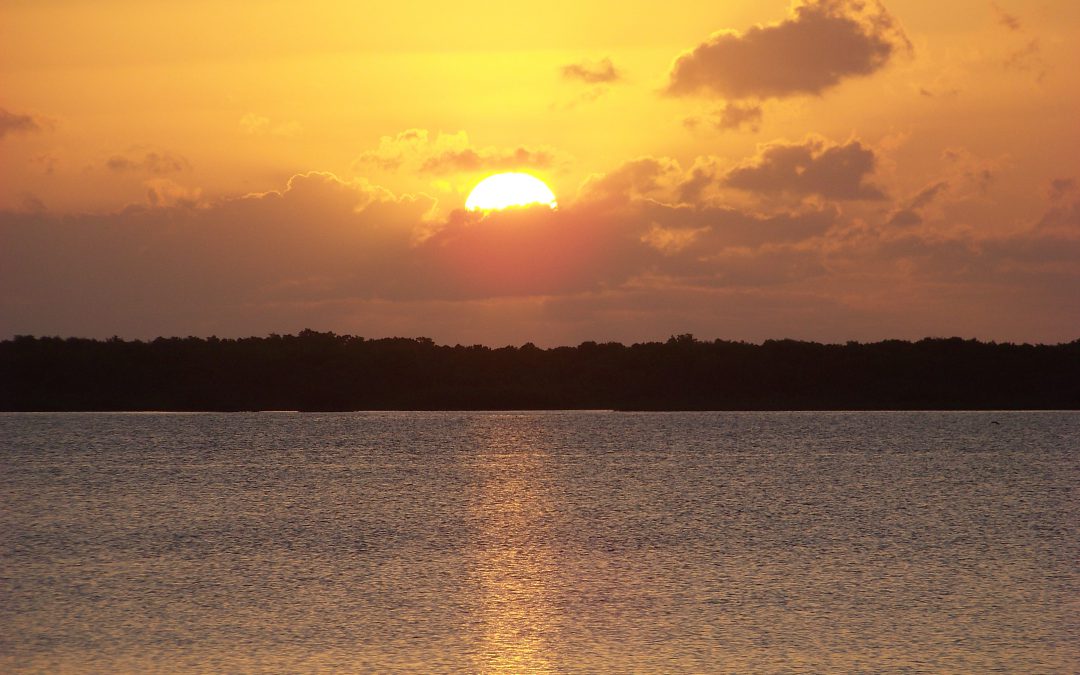
Our Environment: Part 11 – We Need Water
I read a story about a group of fishermen from Central America who went to sea one day only to have their boat brake down. As they drifted in the current, they immediately went into survival mode rationing the food they had. As their food reserves became low, they...
What are PFAS? Are PFAS in Okaloosa County’s Waters?
PFAS—have you heard of them? Do you know what they are, or is it more of a term thrown around without much context? PFAS are per- and polyfluoroalkyl substances. PFAS is a class of chemicals found in various industrial and consumer goods. For instance, you may find...
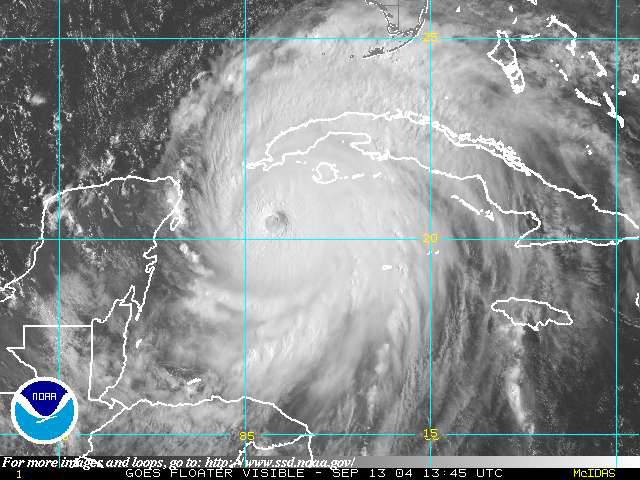
Hurricane Season 2025
There are plenty of jokes about the four seasons in Florida—in place of spring, summer, fall, and winter; we have tourist, mosquito, hurricane, and football seasons. The weather and change in seasons are definitely different in a mostly-subtropical state, although we...
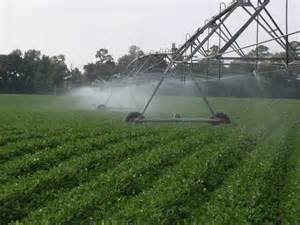
Our Environment: Part 10 – Improving Agriculture
Despite the issues with modern agriculture, we still need food, and we need it for a lot of humans. So, what can be done to help improve things? Let’s look at some ideas that were suggested when I was teaching the class. Pesticides. There have been several methods...
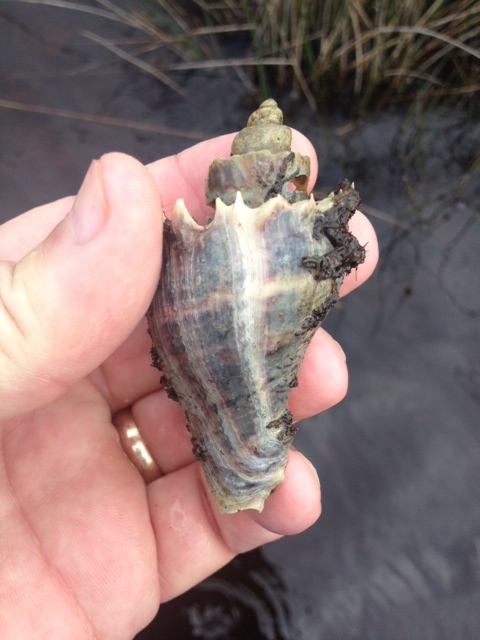
Marine Creatures of the Northern Gulf – Snails and Slugs
Snails and slugs belong to one of the largest phyla of animals on the planet – the mollusks. Mollusks are known for their calcium carbonate shells and seashell collecting along the shoreline has been a popular hobby for centuries. There are an estimated 50,000 to...
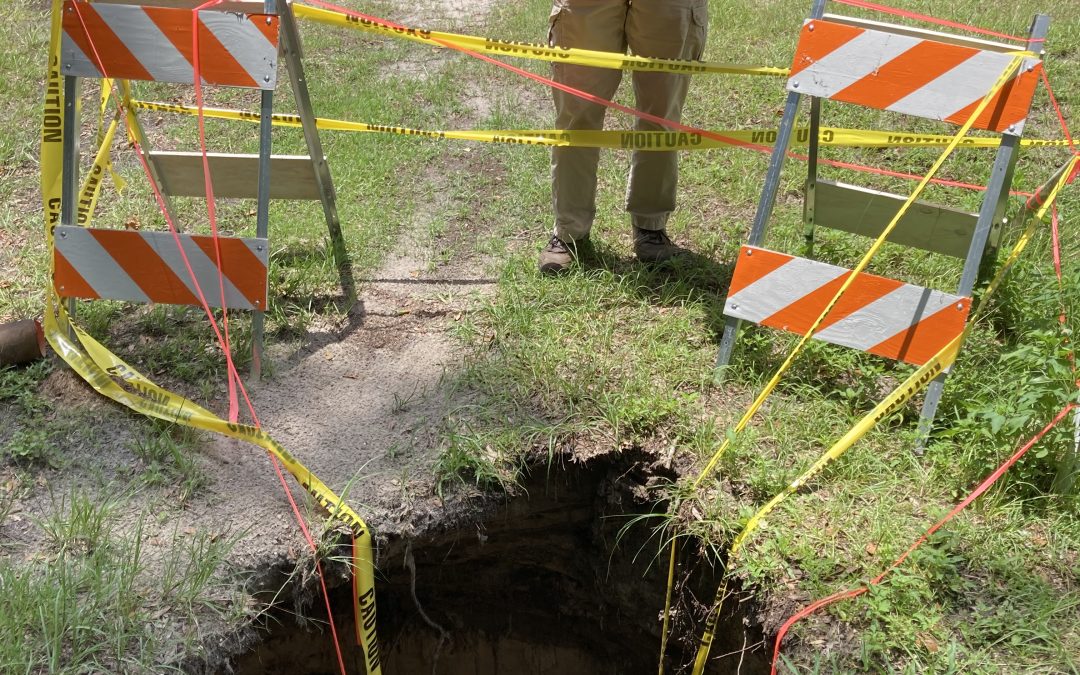
What to Do if a Sinkhole Opens on Your Property?
Sinkholes are a natural part of Florida’s landscape, especially in areas where limestone lies close to the surface. If a sinkhole appears on your property, knowing how to respond is key. This article outlines important first steps, available resources, and expert...

Our Environment: Part 9 – Agriculture Challenges
Let’s begin with crops. In 2011 it was reported that 77% of the world's food was coming from grains being grown on 11% of the worlds land. Rice, wheat, and corn were/are the big players. We mentioned in Part 8 of this series that industrial farming of these crops...

Emerald Coast Open Lionfish 2025 Tournament
Lionfish slayers, divers, fisherfolks, and ocean lovers joined for an exhilarating 2025 lionfish tournament and awareness festival last weekend at Harborwalk in Destin, Florida. The Emerald Coast Open is the largest lionfish tournament in the world. Lionfish...
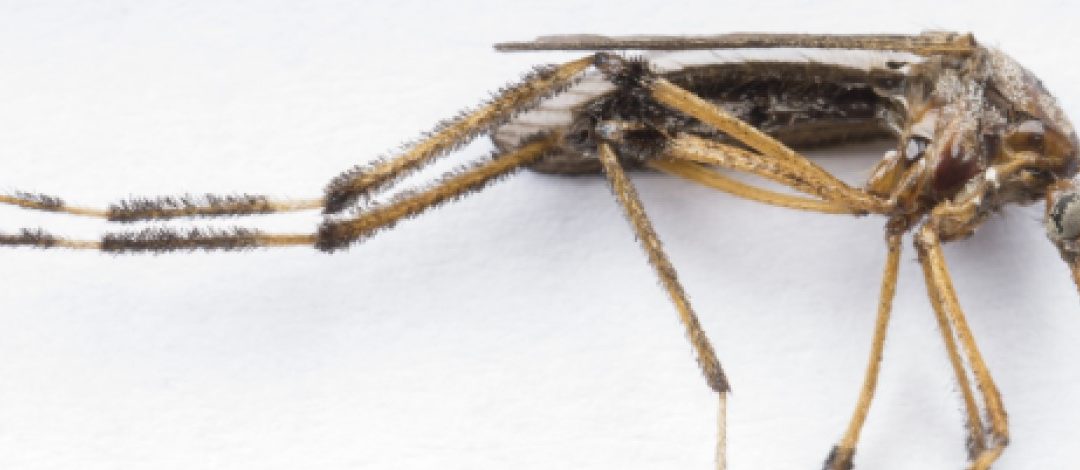
What’s Bugging You?
I love summer; going to the beach, snorkeling, kayaking and grilling in the backyard. But summer comes with its own share of challenges. One of my least favorite summer guests is bugs. The list of bugs I dislike is long, but I’d like to focus on a few that like to...
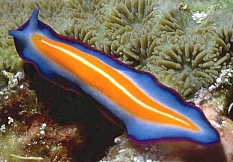
Marine Creatures of the Northern Gulf – Worms
As far as familiarity goes – everyone knows about worms. As far as seeing them – these are rarely, if ever seen by visitors to the northern Gulf. Most know worms as creatures that live beneath the sand – out of sight and doing what worms do. We imagine – scanning...
